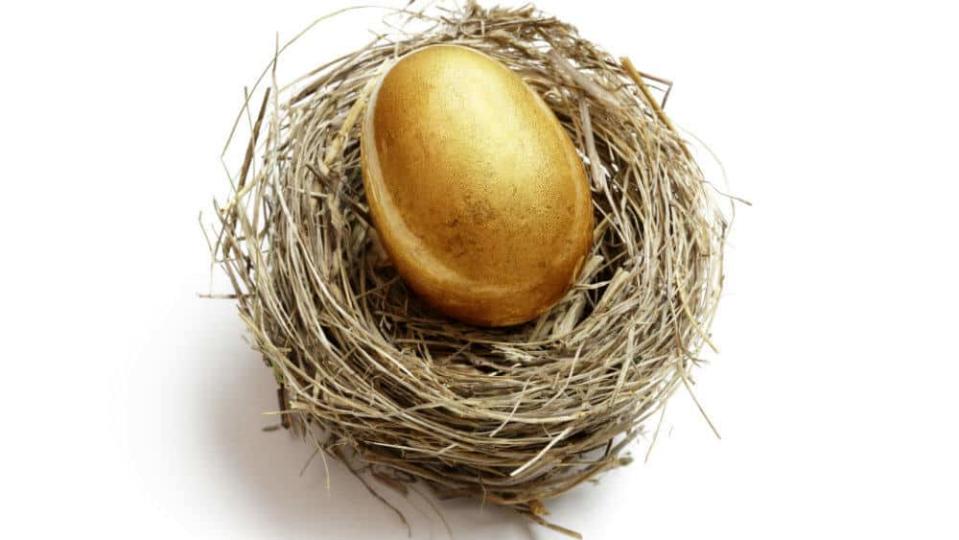Canadians: 2 Top Ways to Invest for Retirement

Written by Joey Frenette at The Motley Fool Canada
Retirees likely didn’t get great sleep in the first half of 2022, with the S&P 500 plunging as low as 24%, and the Nasdaq 100 shedding around a third of its value over the course of many months. It was a painful experience for all investors, but for those retiring within the next few years, the stock market plunge was seen as something that could jeopardize one’s retirement timeline. Nobody wants to spend another two or three years in the labour force, especially going into a potential economic recession.
Though investors rotated out of risk assets gradually over the timespan of a few months, those that held were rewarded with rather abrupt gains. The S&P 500 recovered about half the losses in around six weeks. Indeed, the stock market recovery may be sharper than the selloff. In any case, investors, especially retirees, should resist the urge to get in or get out based on recent market action.
Remember, timing markets is a fool’s (lower-case f, folks!) game. Instead, one should always ensure they’re ready for a substantial market drawdown with the right asset allocation. Overweighting bonds and cash at a time like this may seem like a bad idea, given how high inflation is these days (7.6%). Still, unless you’re willing to ride out a correction (10% drawdown), which happens around every year or so, and a bear market (20% plunge), which happens every few years, you shouldn’t expect smooth sailing.
In this piece, we’ll look at two ways for Canadians to invest for a comfortable retirement, as the market moves through the second (mild) recession in under four years.
High-yield REITs with recession-resilient funds from operations
First up, REITs (real estate investment trusts) can act as a retiree’s best friend. They tend to trade under their own footing (as opposed to what moves equities) and offer huge yields.
H&R REIT (TSX:HR.UN) is one cheap REIT that’s undergone quite a bit of transformation in recent years. The $3.6 billion diversified real estate play offers a 4.1% yield. That’s bountiful but not that great when you consider other REITs average well north of 5%. Still, there’s no denying the 2.68 times trailing price-to-earnings (P/E) multiple, which is far lower than industry averages. Simply put, H&R is one of the cheapest REITs out there. Though there are issues, the REIT’s new payout looks far more sustainable and subject to greater growth on the other side of the coming recession.
It’s hard to forgive a REIT for distribution cuts. But with a more than 20% discount to book value, I think one has to draw a line in the sand somewhere. Yes, H&R REIT may have been too hasty with its sales. But shares have been punished, and for new investors getting in at these prices, I think the risk/reward scenario is excellent.
Recession-resilient, dividend-paying stocks
Utilities like Fortis (TSX:FTS)(NYSE:FTS) are great to buy for a portfolio built to withstand all types of weather. Though Fortis stock trades at nearly 23 times trailing price-to-earnings (P/E), making it pricier than certain growth stocks, I believe the premium price tag is warranted, given the peace of mind the utility stock can offer retirees in uncertain conditions.
The 3.56% dividend yield is modest but is extremely well supported by cash flows.
The post Canadians: 2 Top Ways to Invest for Retirement appeared first on The Motley Fool Canada.
Should You Invest $1,000 In Fortis?
Before you consider Fortis, you'll want to hear this.
Our market-beating analyst team just revealed what they believe are the 5 best stocks for investors to buy in August 2022 ... and Fortis wasn't on the list.
The online investing service they've run for nearly a decade, Motley Fool Stock Advisor Canada, is beating the TSX by 27 percentage points. And right now, they think there are 5 stocks that are better buys.
See the 5 Stocks * Returns as of 8/8/22
More reading
Fool contributor Joey Frenette has positions in FORTIS INC. The Motley Fool recommends FORTIS INC.
2022

 Yahoo Finance
Yahoo Finance 